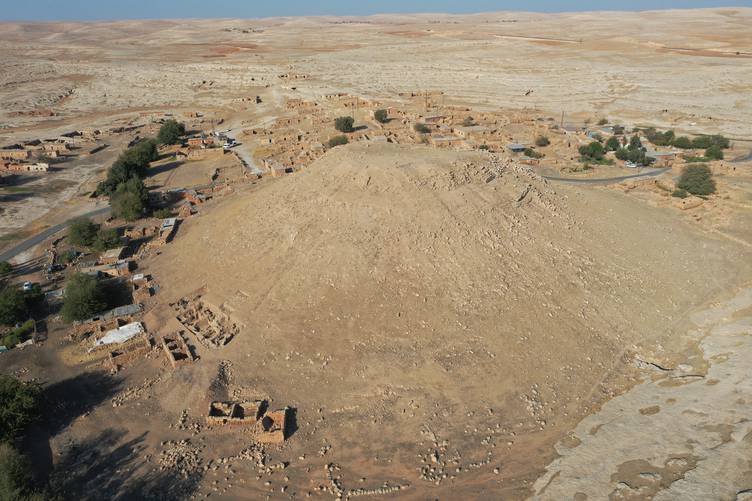
3,000-Year-Old Public Building Unearthed in Soğmatar, the Sacred City of the Moon God Sin
Archaeologists in southeastern Türkiye have unearthed a 3,000-year-old public building in Soğmatar, an ancient sanctuary dedicated to the Moon God Sin. The discovery, made under the Ministry of Culture and Tourism’s “Heritage for the Future Project”, pushes the history of the site back to the Neo-Assyrian period, revealing new layers in the spiritual and administrative past of the region.
Located near the village of Yağmurlu in Şanlıurfa’s Eyyübiye district, Soğmatar Ancient City has long fascinated archaeologists and historians for its cosmic symbolism. In antiquity, the site served as a sacred center devoted to Sin, the Mesopotamian Moon God, and Shamash, the Sun God — deities representing celestial order and divine light.

Excavations led by Celal Uludağ, Director of the Şanlıurfa Museum, are being conducted in coordination with the Ministry of Culture and Tourism. The fieldwork team, directed by Dr. Süheyla İrem Mutlu and Dr. Semih Mutlu from Harran University, is simultaneously excavating both the central mound and the surrounding necropolis.
Dr. Mutlu announced the discovery of a large Iron Age public complex, stating:
📣 Our WhatsApp channel is now LIVE! Stay up-to-date with the latest news and updates, just click here to follow us on WhatsApp and never miss a thing!!
“The structure dates back to the Neo-Assyrian period, roughly the first millennium BC. We identified seven interconnected rooms with walls reaching two meters in height and one meter in thickness. This indicates that Soğmatar may have served not only as a religious site but also as an administrative or communal center.”
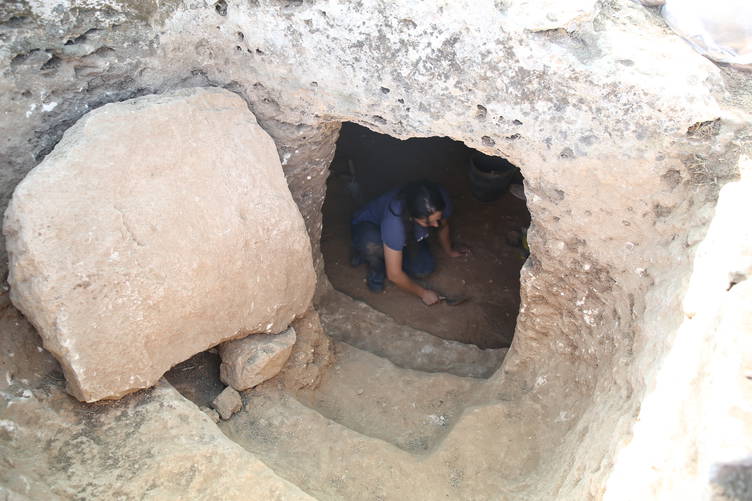
To date, excavators have uncovered 83 rock-cut tombs, including shaft-type graves from the Early Bronze Age (c. 2400 BC) and stairway tombs from the Roman period. These elite burials suggest that Soğmatar functioned as a necropolis for high-status individuals for centuries.
Scholars believe that Soğmatar was part of a broader astral cult network connected to the Moon and Sun temples of Harran and Ur, forming a “cosmic landscape” where celestial worship shaped both ritual and urban design. The newly found public structure adds a political and social dimension to what was previously known primarily as a religious center.
You may also like
- A 1700-year-old statue of Pan unearthed during the excavations at Polyeuktos in İstanbul
- The granary was found in the ancient city of Sebaste, founded by the first Roman emperor Augustus
- Donalar Kale Kapı Rock Tomb or Donalar Rock Tomb
- Theater emerges as works continue in ancient city of Perinthos
- Urartian King Argishti’s bronze shield revealed the name of an unknown country
- The religious center of Lycia, the ancient city of Letoon
- Who were the Luwians?
- A new study brings a fresh perspective on the Anatolian origin of the Indo-European languages
- Perhaps the oldest thermal treatment center in the world, which has been in continuous use for 2000 years -Basilica Therma Roman Bath or King’s Daughter-
- The largest synagogue of the ancient world, located in the ancient city of Sardis, is being restored

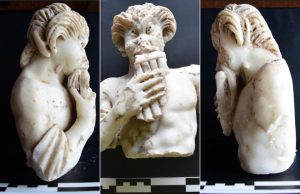
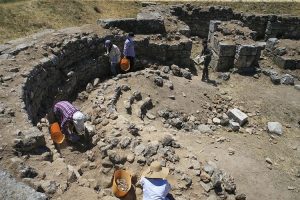
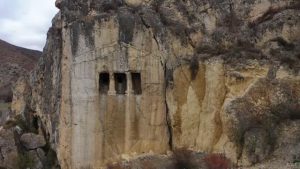
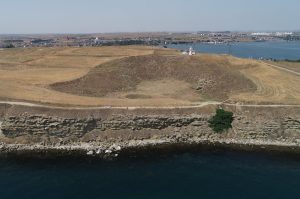
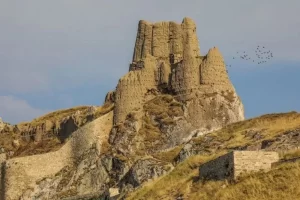
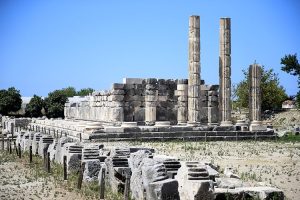


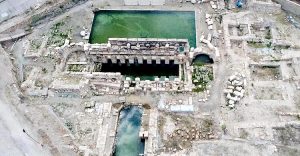
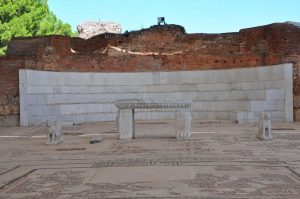
Leave a Reply